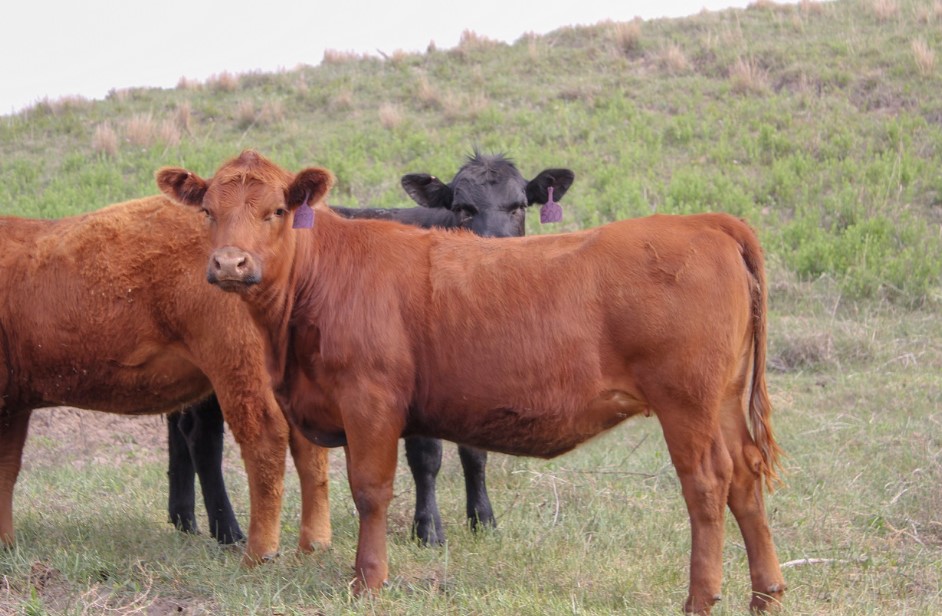
On this week’s cow-calf corner, Chris Johnson and Jacee DeVries from the OSU Department of Animal and Food Sciences talk about genomic testing for selecting replacement heifers.
Most of our spring-born calves are in the weaning process. This is the time many producers are shipping feeder cattle to the market. Some producers are thinking about the next generation of their herd. Heifer retention is a big decision producers must make to ensure they maintain the breeding herd. This decision has traditionally been made based on a physical characteristic, who the dam is, or how much feed is available. With so many variables at play, it is hard to know how the heifer is going to perform or if she is going to wean a calf when she’s a two-year-old. With such a long window and investment to determine the heifer’s fate in the herd, producers should take advantage of genomic testing to get accurate information on maternal, performance, and carcass traits.
Genomic testing is conducted on a small ear tissue or blood sample, this is compared to proven genetics and provides more predicted progeny data than an EPD. The best time to genomic test to make culling decisions is at birth when you are tagging the new-born, but it can occur at any time. Results from the genomic test can provide:
- Producers with data backed decision makers to improve the genetic potential of the herd.
- Produce efficient animals on pasture.
- Sell premium calves or bred heifers to generate more income.
Questions you may be asking yourself:
Which is better genomic testing or EPD’s?
Depending on the trait, a genomic test can replace 10 progeny for a sire with no other progeny. Relying on EPD’s only works if the bull generates progeny. Genomic testing uses the genes of that specific animal and compares them to other animals in a large database to provide predictions of calf’s genetics. Genomic labs are offering tests for commercial cattle selection, extending this valuable technology to more producers in the industry.
Will this make me more money?
A genomic test can range from $15-$40, depending on how detailed you want the results. Genomically testing all of your heifers born can be an expensive investment but can pay dividends when you picking quality heifers that produce quality calves. Keeping a low performing heifer can cost you $2,304/hd (BCRC calculator) in Oklahoma compared to a high producing heifer. Using genomic testing can identify and select better performing heifers that will pay for themselves in 2-3 calf crops.
To start genomic results may not seem promising, but with careful bull selection herd genetics can be improved over time. Cost savings from selling low performing heifers and keeping the ones that will produce a nice calf will pay for the test. Remember, this is a one-time cost, so testing potential replacement heifers first will give you the information you need to make sound keep/cull decisions. Eventually it would be a good idea to test the whole herd and cull animals that don’t fit you operation goals.
To calculate the cost for you to retain your heifer(s) for breeding use the Beef Cattle Research Council calculator:
Below, Dr. Dave Lalman, OSU Extension beef cattle specialist, has details on the ongoing feed efficiency study at OSU’s North Range, including the next phase of research that includes heifers on SunUpTV from November 1, 2023.














